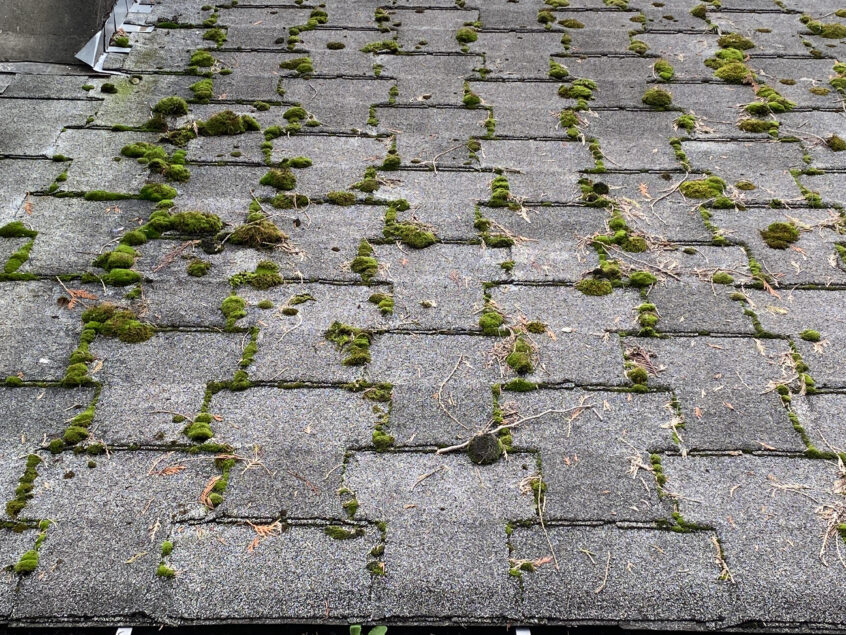What’s the fuss with T-lock shingles? If you’re familiar with all-things roofing, you may have heard the debacle surrounding this – now outdated – roofing material. If your home features this type of shingle, you’ve likely faced some problems. From quality issues to insurance coverage, many homeowners have begrudgingly faced the consequences of T-lock shingles. But why? Let’s dive into the debate of T-lock shingles to ensure your preparedness when it’s time to repair that roof of yours.
What Are T-Lock Shingles?
Before diving into the pros and cons, let’s pinpoint the origin story of this roofing material. This type of shingle was all the rage in the 1930s and remained popular all the way through the late 80s. Named after the T-shaped design that allows the shingles to interlock with one another, these were the go-to roofing material to withstand heavy winds and harsh weather.
Originally made from mostly asphalt, T-lock shingles were extremely heavy duty and sturdy. However, overtime less asphalt was used in the manufacturing of T-lock shingles, which interfered with their effectiveness. By 2004, these residential staples became obsolete as stronger roofing options were favoured and the manufacturing of T-lock shingles stopped altogether.
What’s the Problem with T-Lock Shingles?
Aside from the weakened design, T-lock shingles have faced more issues than one over the years. Because they’re no longer being made, replacement shingles are no longer available. So, if you’re in need a roof repair, this often results in a full roof replacement. While this may seem like a costly solution, it’s well worth it in the long run. Not only will you be left with a more durable roofing system, but the value of your home will also increase with this roofing update.
In addition to poor quality, T-lock shingles face the following issues:
- No Standard Sizing. Until the 1980s, there was no standard sizing for T-lock shingles, making them inconsistent and difficult to repair or replace.
- New Technology. As more aesthetically pleasing and foundationally sound alternatives flooded the market, T-lock shingles decreased in popularity. Economically, it was no longer beneficial for companies to manufacture this style.
- Insurance Problems. Providers don’t want to be held liable for houses using T-lock shingles. Due to their poor quality, any issues with this roofing type often results in a full reroof. This makes them high risk to insure, leading to more substantial premiums and deductibles if you’re able to find insurance coverage at all.
- Decreased Market Value. If your home features T-lock shingles, you may face issues when it comes time to sell your property. Since insurance companies are reluctant to insure roofs with T-lock shingles, buyers are unlikely to purchase your home without a reroof. So, if you’re on the market for a new home, make sure it has an up-to-date roofing system or factors in the cost of the inevitable reroof if needed. A quick, professional roof inspection can tell you everything you need to know before signing any contracts.
What’s the Solution?
If you’re a homeowner with a house using a T-lock roof design, a reroof is likely in your future. Since they’ve been discontinued for nearly 20 years, T-lock repairs lead to a full roof replacement 90% of the time. While this can seem overwhelming, it doesn’t need to be when working with the right team. At Canuck Roofing, we regularly walk homeowners through the realities of replacing a roof with T-lock shingles. With our many years of experience in the roofing industry, we can provide affordable, efficient, and durable alternatives to your current roofing system. For a roof inspection, repair, or replacement, contact our team at Canuck Roofing today.

